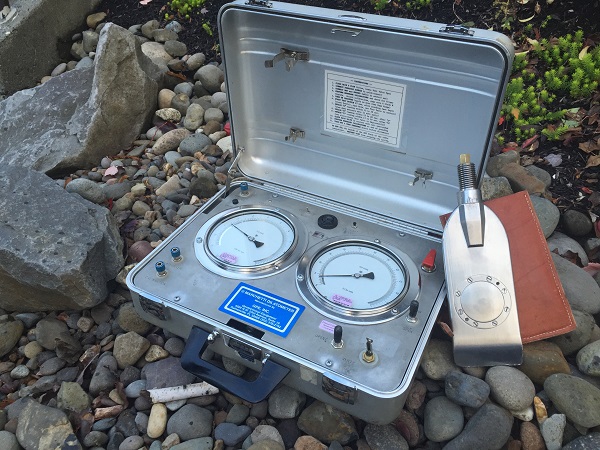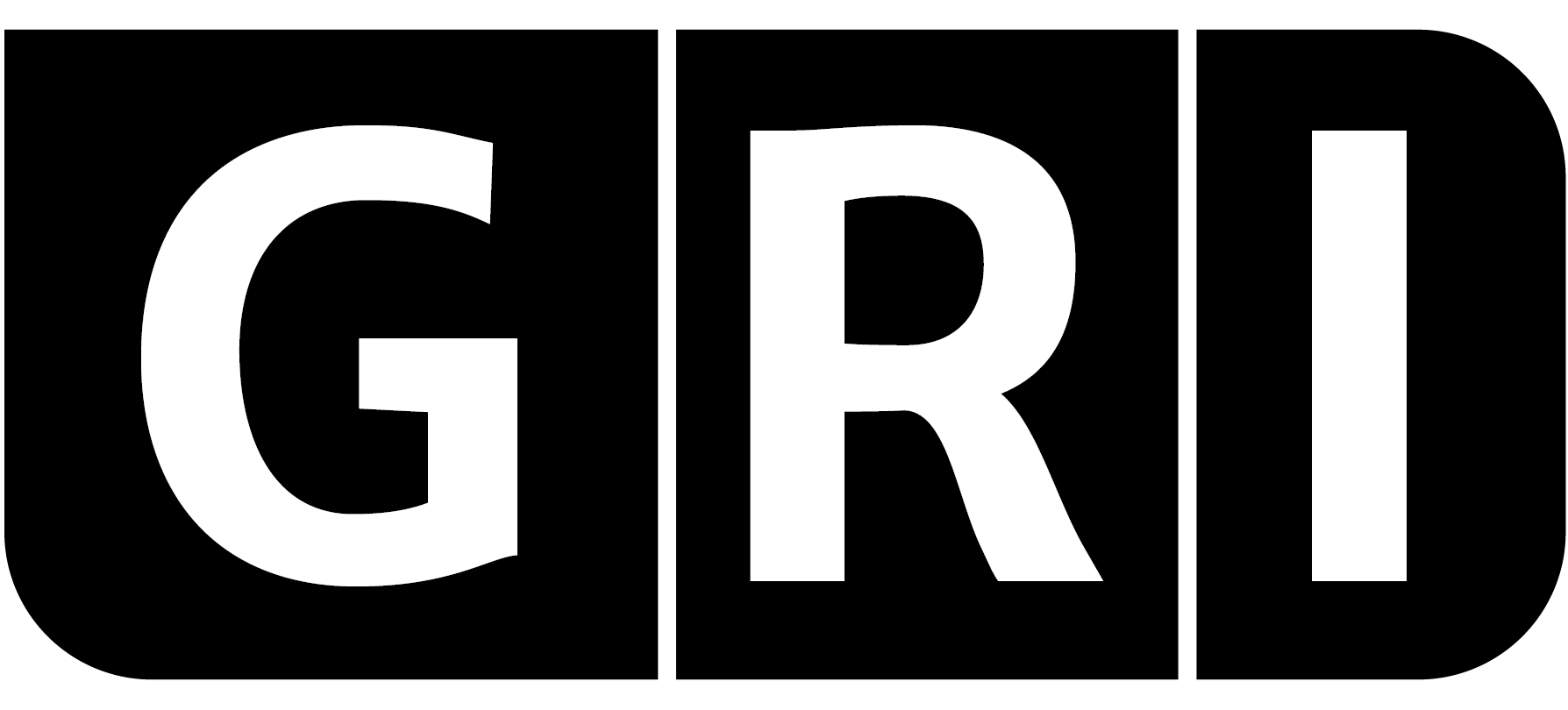Advantages the DMT Can Bring to Your Next Project
The Flat Plate Dilatometer test (DMT) can be used to investigate soil properties and has many applications in geotechnical engineering. Dilatometer testing has several benefits compared to other standard-of-practice in situ methods, such as the Standard Penetration Test (SPT) and Cone Penetration Test (CPT). Benefits of the DMT include the direct measurement of the small strain elastic modulus of the soil. Additional geotechnical engineering parameters can be evaluated with the dilatometer data including lateral stress, shear strength and overconsolidation ratio. The Dilatometer testing method is considered to be less intrusive to the soil than the SPT and CPT, allowing GRI to more accurately characterize the in situ soil strength and stiffness.
Because the test directly measures the elastic modulus of the soil, estimated foundation settlements are less conservative than traditional analysis methods. The settlement evaluation can be completed using a linear elastic modulus based settlement evaluation with the foundation load and footprint. Case studies have shown settlements estimated using the DMT elastic modulus are in good agreement with field measurements, generally out-performing estimates from SPT, CPT, or consolidation tests(Monaco et al., 2007). DMT results also allow us to quickly estimate shear strength profiles, soil types, preconsolidation stress, overconsolidation ratio, and effective stress friction angle.
Engineering Applications of DMT Data
 – Settlement Analysis of Shallow Foundations
– Settlement Analysis of Shallow Foundations
– Liquefaction Analysis
– Slope Stability Analysis
– Deep Foundation Design
– Soil Characterization
The DMT was acquired by GRI in 2013 when Wes Spang joined GRI as a Principal. Wes has over 30 years of experience and has been using the DMT for geotechnical design for the past 20 years. Our other in-house DMT specialist is Jason Bock, a project engineer who has 10 years of experience and about 5 years of experience using the DMT for soil characterization and foundation design.


